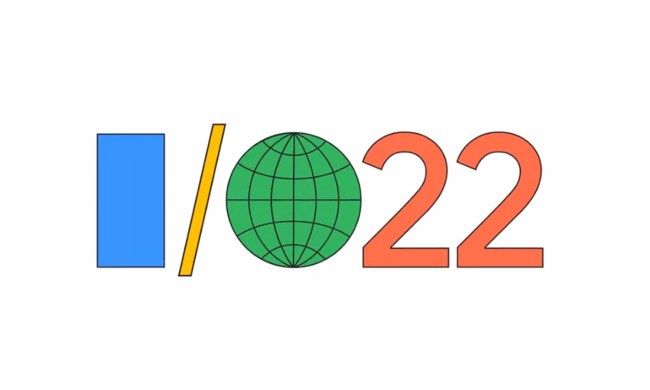According to the website, Google is now working “to bring the best of the Hands Free technology to even more people and stores,” which hints that aspects could make their way to Android Pay down the line. Hands Free worked nothing like Google’s flagship payment platform, as it utilized a combination of Bluetooth Low Energy, Wi-Fi, location detection, and voice commands to function, instead of merely NFC.
Thus Hands Free was quite complicated under the surface, but theoretically simple in practice. Once the phone determined it was in a supported retailer, it would listen for a triggering command, like “I’ll pay with Google.” The clerk on the other side of the counter would verify the user’s photo ID that they uploaded themselves through the Hands Free app, and the deal was done.
Google was pushing Hands Free quietly, and locally. Last July, it encouraged individuals to try the experimental service through a promotion with McDonald’s, where customers could get a free meal at one of the fast-food chain’s 47 restaurants in San Jose, California.
At the time, Google said it was working on ways to speed up the identification process — namely, using in-store cameras to automatically verify users’ appearance and keeping their credit card data on file for instant transactions. While that may have been too invasive for some, Google stipulated at the time that all data kept by Hands Free terminals was sandboxed from its own servers as well as those of the merchant, and deleted immediately post-purchase.
On the Hands Free website, Google says it has “learned so much from [its] early adopters” since launching the service last spring, and invites users to “enjoy quick, easy checkout with Android Pay” as it prepares the next step.


